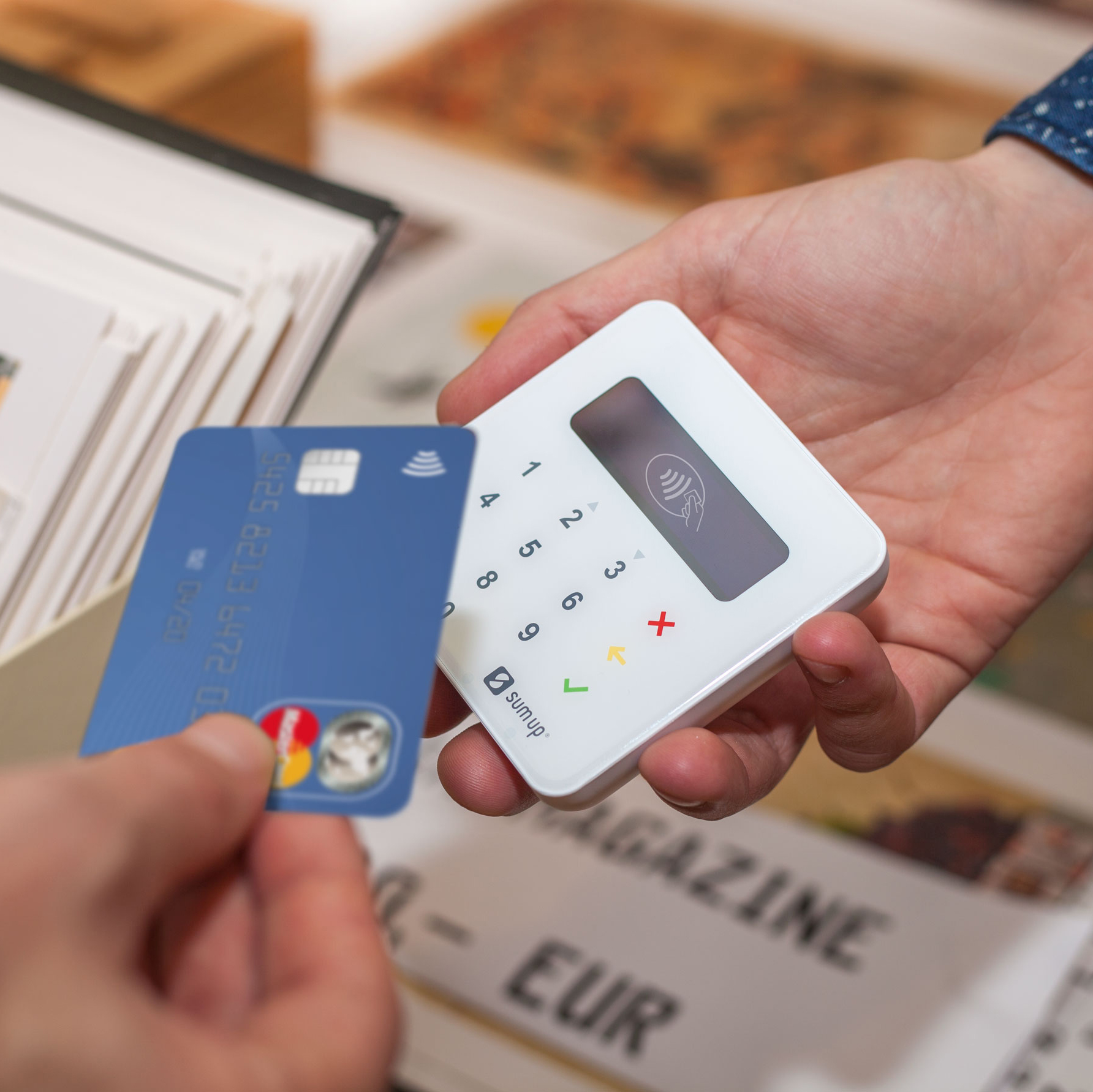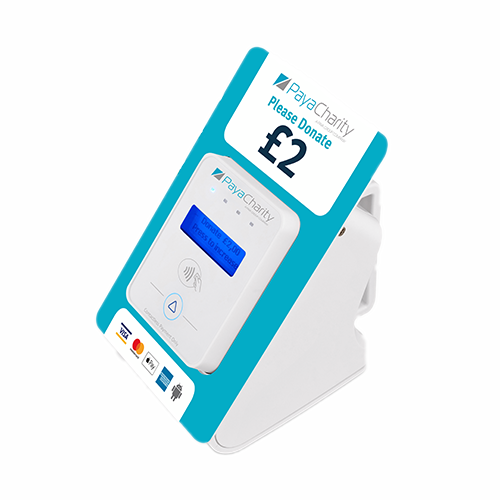"We’re aware that younger generations — and there are many people now who don’t carry cash — want to give in different ways. Enabling them to give in a way that suits people is something we'd like to try."
John Preston, National Stewardship & Resources officer
Financial Times, 23 June 2017
How to choose the right solution for your church
It is important to think about how you might use a contactless donations device. There is a choice of different solutions which will depend partly on how you want to use the device, and partly on how much your church can afford to pay. As time goes by there will be new solutions, so please come back to this page if you don't see what you want today. The important thing is to get going - perhaps to start with an inexpensive solution which is not perfect, before moving on to an ideal solution.
If you are considering self-service units, we have put together a questionnaire which you can download here to help ask some of the questions you should consider. You may also find it helpful to work out what the business case is, and we have put together a small calculator for you to use.





